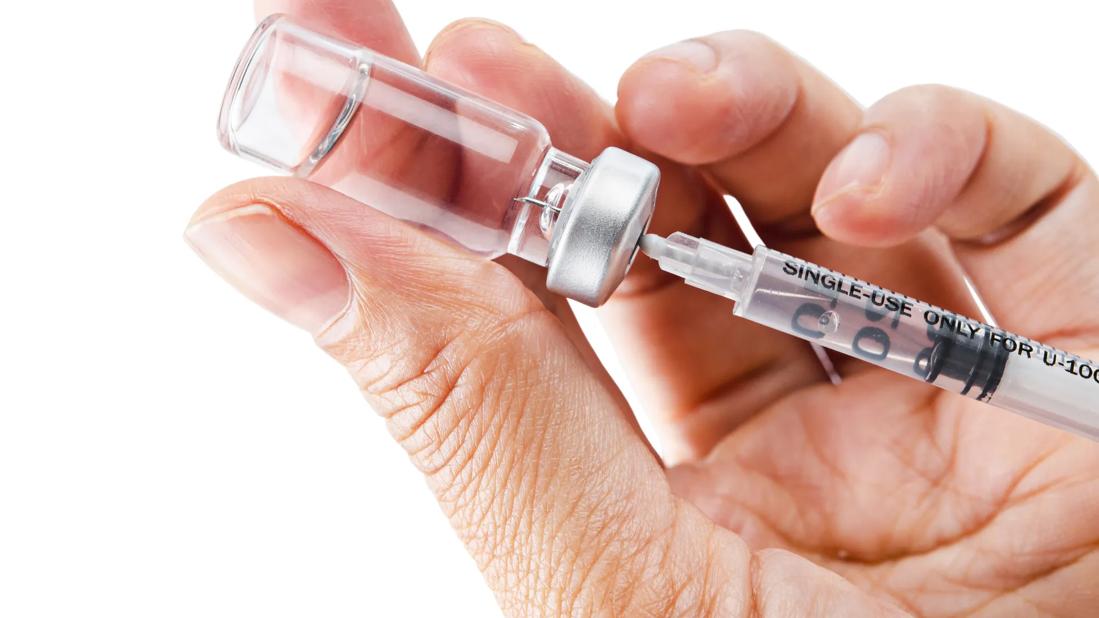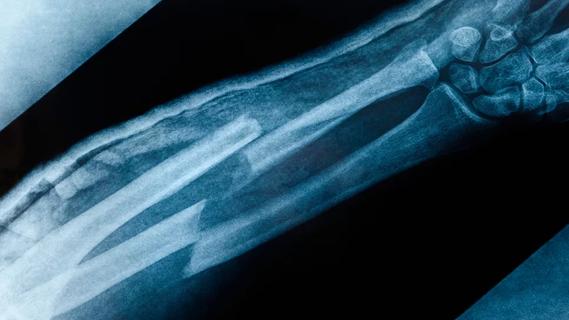American Urological Association presentation outlines the latest evolution of treatment protocols

Peyronie’s disease comes in a wide variety of forms. Most men present for evaluation of a penile curvature, but there are other related characteristics as well, such as loss of length, loss of girth, and, in some men, erectile dysfunction. “It affects one in 10 men at some point in their life, so it’s quite common, although most cases probably go undiagnosed,” says Petar Bajic, MD, Director of Men’s Health at Cleveland Clinic Glickman Urological Institute.
Advertisement
Cleveland Clinic is a non-profit academic medical center. Advertising on our site helps support our mission. We do not endorse non-Cleveland Clinic products or services. Policy
Current treatment options for Peyronie’s disease include penile traction therapy, injectable therapy with collagenase clostridium histolyticum (CCH), and surgery, including penile plication, plaque incision or partial plaque excision and grafting, and penile implant. While oral medications such as tadalafil may prevent worsening of the condition, there’s no evidence to suggest that they help penile curvature, length loss, or girth loss, Dr. Bajic says.
At the American Urological Association’s annual meeting, Dr. Bajic gave a presentation on the latest advancements in treatment protocol for CCH and how they have improved over time.
In the initial trials, the protocol for CCH entailed a first cycle of three visits, each separated by 24 to 72 hours. Patients were given one injection at each visit, followed by a penile modeling procedure on the third visit and at-home stretches in between. After a six-week period, the second cycle was given, patients then underwent another six-week break, and the entire process was repeated for a total of four cycles.
“What we saw in those original studies was that the effect was not really that dramatic,” says Dr. Bajic. “There was only a six-degree difference in curvature between the treatment arm and placebo arm, which is not really that clinically significant of a difference, and 40% of patients had almost no improvement.”
In the subsequent years, studies showed a slightly increased average of around 20 degrees improvement in curvature. But because men may present with severe curvatures of up to 90 degrees, “a lot of us who treat Peyronie’s disease weren’t overly enthusiastic about CCH compared to surgery, which has historically been the gold standard treatment for more severe curvatures,” explains Dr. Bajic.
Advertisement
Over the years, different centers have introduced additions to this protocol to increase its efficacy. Dr. Bajic says one of the important advancements was combining CCH with penile traction therapy, which gave a 50% improvement.
“One of the things that was interesting when CCH first came out was that the most feared complication that was reported was penile fracture. It was extremely rare, but that was always something we kept in the back of our minds,” says Dr. Bajic.
Through the years, some authors reported that patients who experienced what was suspected to be a penile fracture after treatment with CCH actually had a better improvement in their curvature than those who did not. While in the past these patients had surgery to repair the fracture, physicians began managing these fractures more conservatively and found that not only did the patients not need surgery, but they also healed well and had straighter erections with normal erectile hardness.
Thanks to these observations, it’s now believed that CCH weakens the scar tissue and that “cracking” the plaque leads to more dramatic improvement. Our newest protocols leverage this concept to further amplify the results of CCH.
Dr. Bajic and other specialists in CCH therapy have made various changes to the original protocol to enhance its effects, including:
Reevaluating injection location: When a patient comes in for their second, third, or fourth cycle, alprostadil is used to create an erection and the injection is given at the point of maximum curvature, which has been found to move with each cycle.
Advertisement
Using a higher volume: “We’re using a little bit greater quantity of the fluid relative to what we used to use, and that also seems to be more beneficial,” says Dr. Bajic.
Adding tadalafil: “We concurrently give patients tadalafil now while they’re going through CCH, and there’s some suggestion that may actually help make the results better too,” Dr. Bajic says.
Shortening time between visits: Instead of up to 72 hours between visits, “we make sure those visits are less than 24 hours apart whenever possible,” says Dr. Bajic. The six-week break between cycles is still used, as are up to four cycles.
More vigorous stretching: While the original protocol called for relatively light stretching, recent research embracing the treatment of Dupuytren’s contracture, the other indication for CCH, has shown that combining the above-mentioned techniques with more aggressive stretching gives patients an improvement of up to 60% and potentially even more.
Most of the treatments with CCH that are taking place in the United States are using the old protocol aligned with the FDA label. However, these modifications by centers such as Cleveland Clinic have brought much better results.
“I used to make sure that patients understood that if they chose CCH, it was not going to result in a very dramatic improvement,” Dr. Bajic says. “But with the more recent protocols, I’ve seen patients who even after a single cycle are satisfied enough with their improvement that they do not feel the need to do anything more.”
Advertisement
Though this has allowed Dr. Bajic and his colleagues to treat more men without surgery, he states there is still definitely a role for surgery. “Any patient that desires a complete correction of their curve should probably be undergoing a surgery rather than CCH,” he says.
“In an ideal world, patients should be presented with all of the available treatment options and all of the information necessary for them to make an educated decision,” Dr. Bajic says. To that end, he and a colleague made a video for patients.
Dr. Bajic urges urologists who are considering treating their Peyronie’s patients with CCH to have a detailed conversation with the patient to find out their goals and expectations. “The myth is that CCH is the solution for all Peyronie’s patients, and it’s not,” he says. “There are some patients that after talking to them, you know right up front that CCH is not a good fit for them.”
If a patient simply wants to improve curvature and is willing to accept partial improvement, they are likely a good candidate for CCH. However, if the patient is bothered by other symptoms of Peyronie’s disease such as length loss, girth loss, or erectile dysfunction, Dr. Bajic says to remember that CCH won’t help these. It is only FDA approved for curvatures, and only those between 30 and 90 degrees. Men with an indentation or hourglass shape are also not good candidates.
Significant calcification inside the scar tissue is another contraindication for collagenase clostridium histolyticum because it breaks down collagen, not calcium. Dr. Bajic always performs an ultrasound of the penis before administering the injection to rule out calcification.
Advertisement
“These protocols are still in their infancy and it’s still early enough in our experience with these new protocols that we don’t have a really robust and extensive dataset with long-term follow up, so that’s going to be coming, but more and more of the high-volume centers like ours are making changes like this to the protocols and are seeing better results,” says Dr. Bajic.
Advertisement

Surprise findings argue for caution about testosterone use in men at risk for fracture

Reproductive urologists publish a contemporary review to guide practice

Two recent cases show favorable pain and cosmesis outcomes

Meta-analysis assesses outcomes in adolescent age vs. mid-adulthood

Proteinuria reduction remains the most important treatment target.

IgA nephropathy is a relatively common autoimmune glomerular disease that can be diagnosed only by biopsy

Oncologic and functional outcomes are promising, but selection is key

Cleveland Clinic is first to use the device, known formerly as the UroMonitor